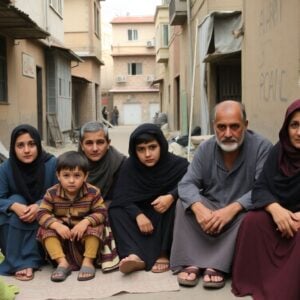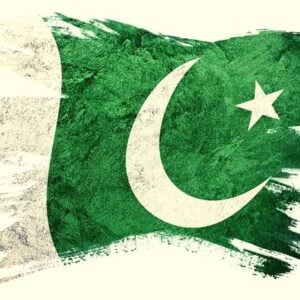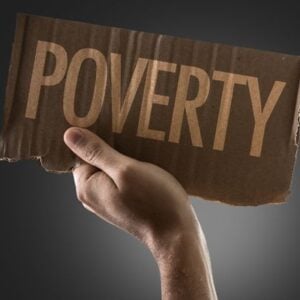The World Bank’s latest economic report on the Middle East, North Africa, Afghanistan, and Pakistan (MENAAP) highlights signs of recovery and an improved outlook for the region. Economic growth is projected to reach 2.8 percent in 2025 and 3.3 percent in 2026. Despite this positive momentum, the report cautions that global uncertainty, changing trade policies, and ongoing conflicts and displacement continue to pose risks to sustained growth.
Countries in the Gulf Cooperation Council (GCC) are expected to experience stronger economic performance as voluntary oil production cuts are gradually lifted and non-oil sectors expand. Oil-importing nations in the region are also projected to see improvements driven by private consumption, increased investment, and recoveries in agriculture and tourism. However, oil-exporting developing countries may face slower growth due to conflict-related disruptions and reduced oil output.
The report, Jobs and Women: Untapped Talent, Unrealized Growth, emphasizes the critical need to harness the potential of women in the labor market to achieve more inclusive and sustainable growth. It notes that women’s participation in the workforce remains the lowest in the world, with only one in five women economically active despite major advances in education and skills.
World Bank Vice President for the MENAAP region, Ousmane Dione, called for comprehensive reforms to remove barriers that prevent women’s full participation in the economy. He urged governments and private sectors to take bold, coordinated action to foster inclusion and job creation. Chief Economist Roberta Gatti added that increasing female labor force participation could yield substantial economic gains, estimating that removing such barriers could raise GDP per capita by 20 to 30 percent in countries such as Egypt, Jordan, and Pakistan.
Overall, the report underscores that unlocking women’s economic potential is not only a matter of equity but also a powerful driver of growth and resilience across the MENAAP region.







